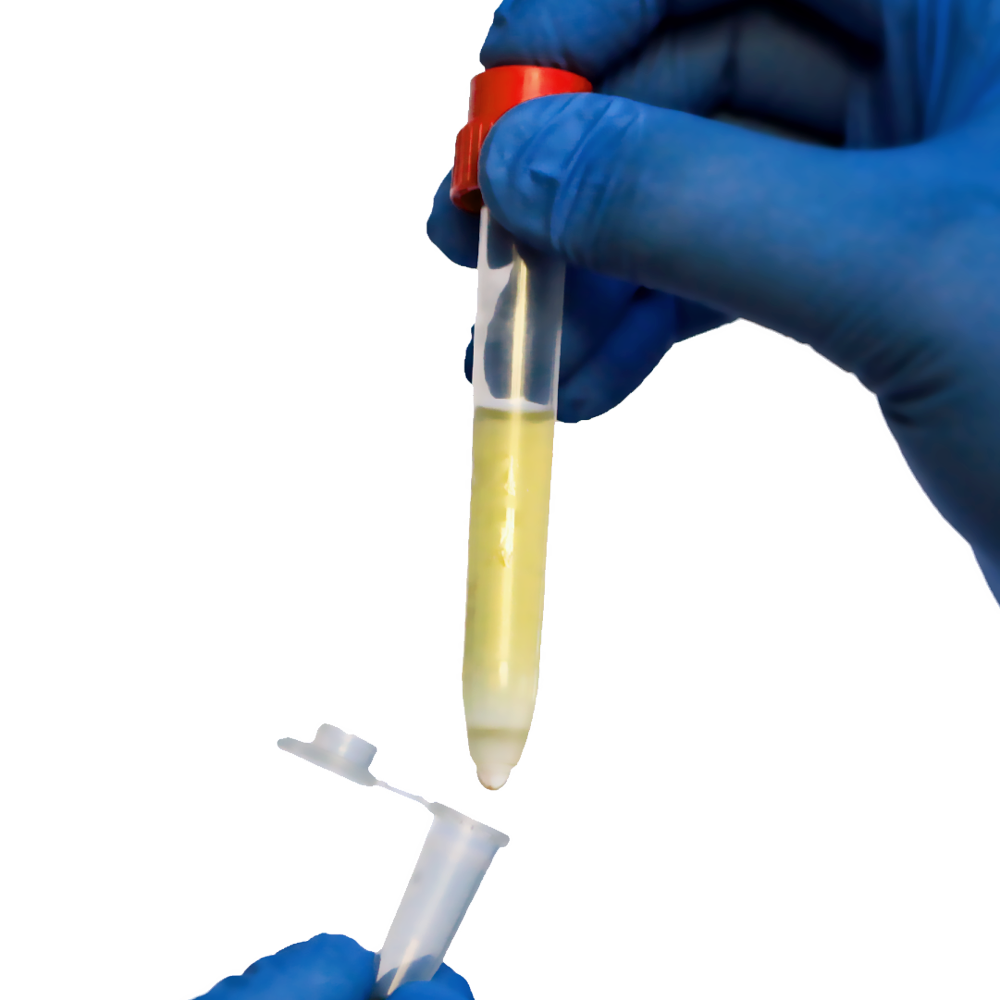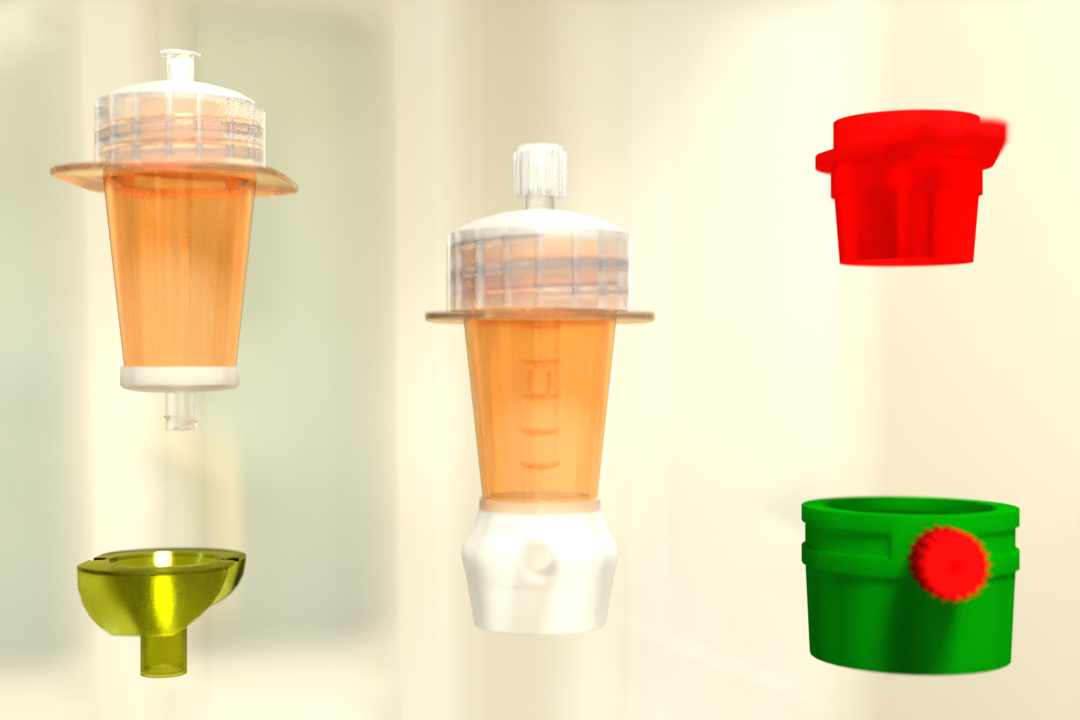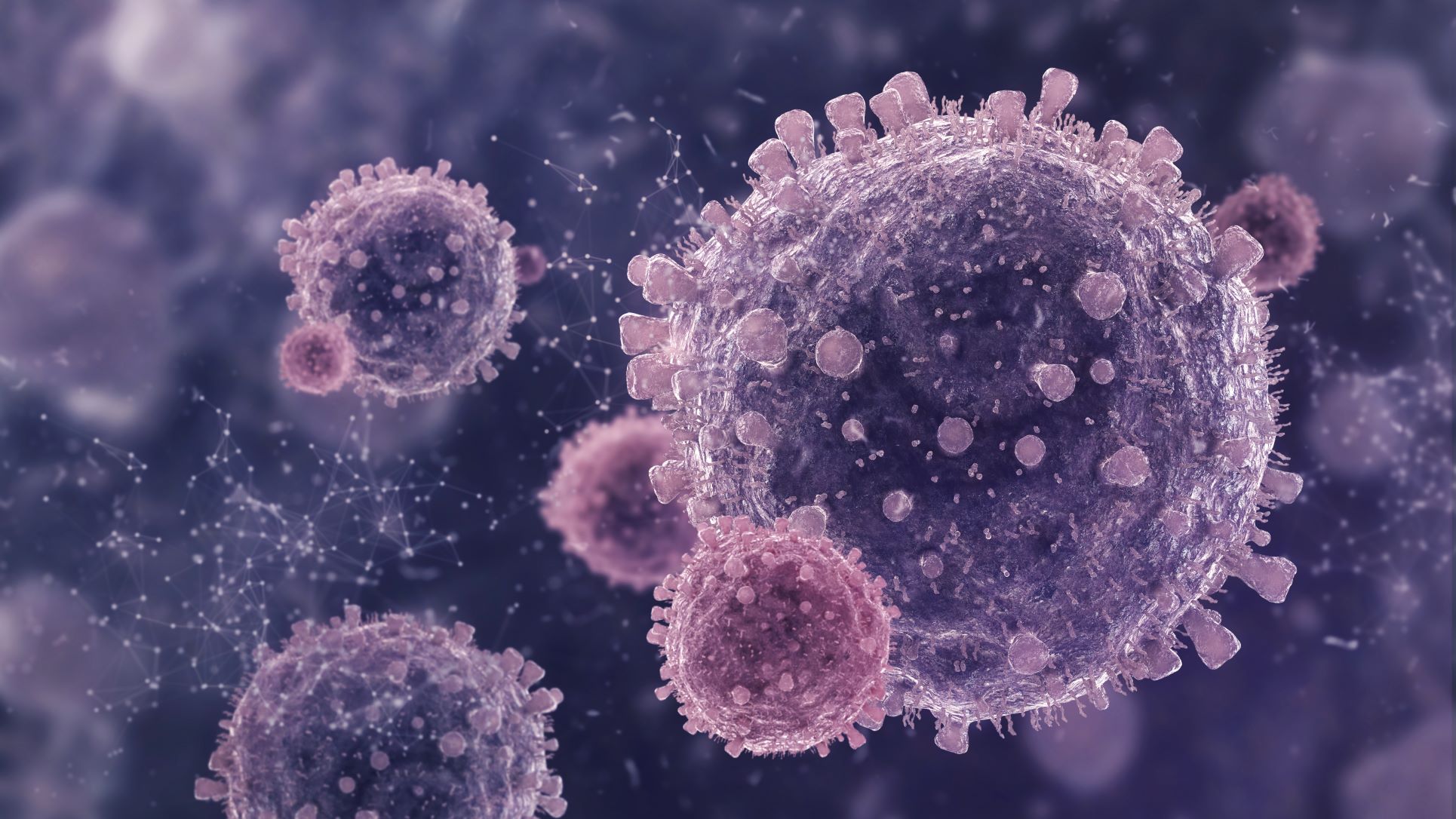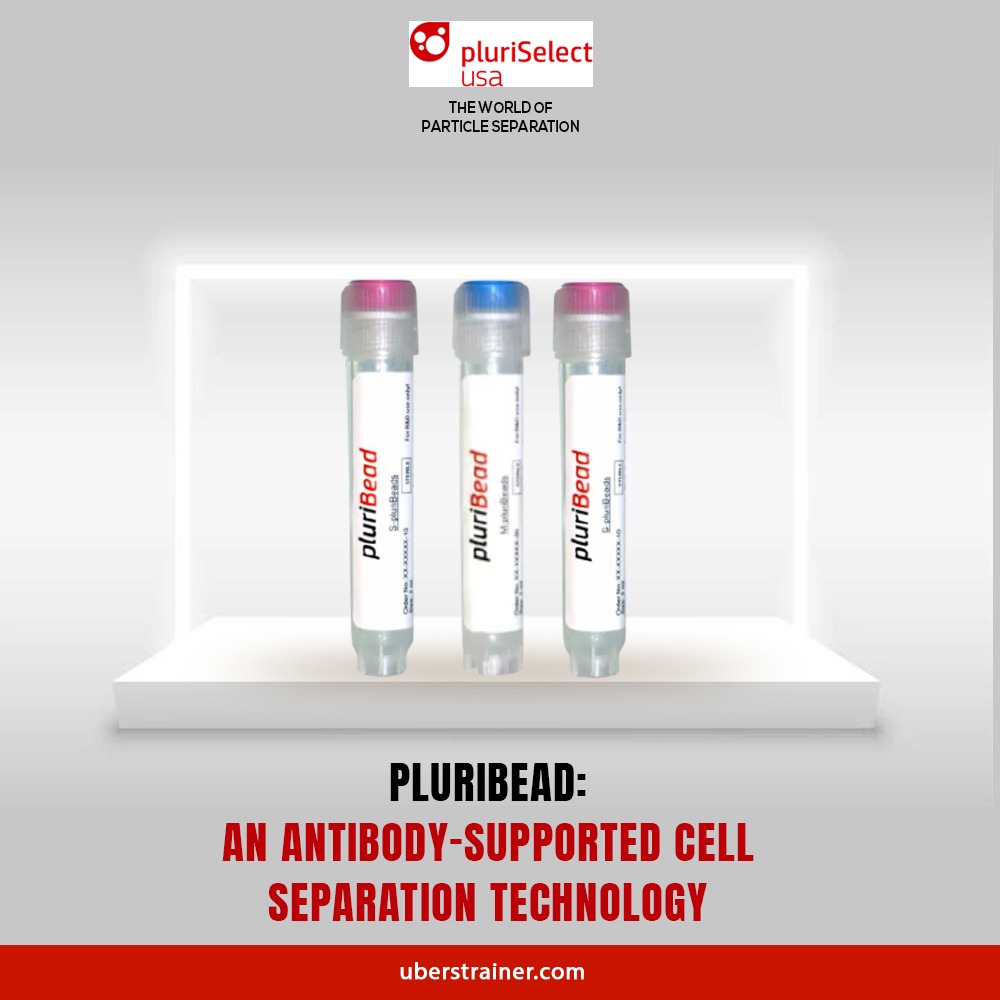In laboratories focused on cell research, the right tools can determine the accuracy and reliability of experimental results. From studying cell behavior to screening drug compounds, precise sample handling is essential. Lab Cell Strainer play a key role in these workflows by helping researchers separate, prepare, and maintain cell populations with consistency.
PluriCell is a product line developed specifically to streamline cell propagation and size separation in multi-well formats. Unlike traditional straining methods that require separate filtration steps, PluriCell integrates seamlessly into standard well plates—making it possible to culture, treat, and analyze single or multicellular organisms directly in one system.
Available in mesh sizes from 5 µm to 500 µm and designed to fit into 6-, 12-, 24-, and 48-well plates, PluriCell supports a wide range of assays. Whether you’re isolating parasites for toxicity screening or working with nematodes to evaluate mobility in response to chemical compounds, PluriCell offers a ready-to-use, lab-friendly platform that supports accuracy and efficiency.
This guide explores what makes PluriCell stand out, how it supports cell separation, and why it has become a go-to solution for researchers working with both simple and complex organisms. We’ll also break down how PluriCell’s mesh sizes, plate compatibility, and built-in flexibility make it a key player in particle separation techniques and assay design.
If you’re working in cell biology, pharmacology, or toxicology, this complete guide will show how PluriCell fits into your workflows—and why it’s more than just another cell strainer.
What Is PluriCell and Why It Matters
PluriCell is a specialized multi-well cell strainer system designed to simplify laboratory workflows by combining two critical steps—size-based separation and cell culture—into one integrated platform. Instead of transferring samples between separate filtration devices and culture plates, researchers can now perform both actions simultaneously within a single multi-well plate setup. This approach significantly reduces the risk of sample loss, minimizes cross-contamination, and improves overall consistency in experimental outcomes.
What makes PluriCell particularly valuable is its range of nylon mesh sizes, which span from 5 µm to 500 µm. This versatility allows scientists to tailor the filtration process to match a wide range of biological samples, from small, single-cell organisms to larger multicellular systems such as nematodes or larval stages. The mesh is housed within a plate insert that fits securely into standard 6‑, 12‑, 24‑, or 48‑well culture plates, offering compatibility with equipment already used in most labs.
By combining filtration and culture in one device, PluriCell reduces handling steps, streamlines sample processing, and increases throughput. Whether used for toxicity screening, migration assays, or culturing primary cells, PluriCell provides a more efficient and controlled environment for high-quality results—making it an essential tool for modern research labs.
Multi‑Well Compatibility and Mesh Options
One of the standout features of PluriCell is its seamless compatibility with standard multi‑well plate formats, making it a flexible tool for a wide range of lab applications. The strainer plates are designed to fit securely into 6‑, 12‑, 24‑, and 48‑well plates, allowing researchers to scale experiments up or down depending on their sample size, cell type, or throughput requirements. This broad compatibility ensures that PluriCell can be incorporated into existing workflows without requiring specialized equipment.
Equally important is the diverse range of mesh sizes available with PluriCell strainers. With mesh pore sizes ranging from 5 µm to 500 µm, users can precisely tailor their setup based on the physical characteristics of the cells or organisms they’re working with. Smaller mesh sizes (5–40 µm) are ideal for isolating single cells, small larvae, or fine debris, while larger mesh options (70–500 µm) are more suitable for separating and culturing nematodes, multicellular organisms, or large cell clusters.
This flexibility means that researchers can fine-tune their assays for greater accuracy and higher recovery rates. Whether you’re performing toxicity testing, migration studies, or basic cell culture, PluriCell’s range of formats and mesh sizes makes it easy to match your setup to your specific experimental goals.
PluriCell in Assay Design
PluriCell offers researchers an efficient and reliable solution for designing and executing a wide range of biological assays. Its combination of mesh-based size separation with direct culture compatibility makes it particularly well-suited for studies that require careful observation of organismal behavior, viability, or response to treatments—all within a controlled, standardized well format.
One of the key applications of PluriCell is in paralysis assays, where researchers track the movement of nematodes or other small organisms after exposure to potential drug compounds or toxic agents. The integrated mesh allows for easy observation without interference, while the well format keeps samples contained and manageable. Because the strainer remains in place, organisms remain accessible for repeated monitoring over time.
In cytotoxicity screenings, PluriCell allows for rapid assessment of how drugs or experimental treatments affect cell health or viability. Whether working with small organisms or suspended cells, the mesh retains the target population while allowing for the exchange of fluids. This ensures that washing, staining, or compound exposure can be done efficiently—without the need for repeated pipetting or transfers that risk sample loss.
For migration and behavior assays, the mesh structure can act as both a physical filter and a behavioral barrier. Researchers can study how organisms move through or around mesh pores in response to stimuli, helping to analyze changes in movement, response to attractants or repellents, and more.
By combining cell culture support with size-based separation, PluriCell enhances cascade straining workflows. Researchers can execute multi-step filtering and exposure experiments within the same well plate, reducing the need for multiple devices or transfers. This simplification not only cuts down on time and handling errors but also improves assay consistency—making PluriCell a powerful, all-in-one platform for modern assay development.
Step‑by‑Step Workflow: Using PluriCell in the Lab
The PluriCell system is designed to simplify and streamline both cell culture and particle separation in a single integrated platform. Its modular design and multi-well compatibility make it user-friendly for a wide range of experiments—from toxicity testing to behavioral assays and cell viability studies. Below is a step-by-step guide to using PluriCell effectively in the lab.
1. Insert Mesh Plate
The first step is to insert the PluriCell strainer plate into a standard well tray. These plates are compatible with 6‑, 12‑, 24‑, and 48-well formats, offering flexibility depending on the number of samples and the scale of your experiment. The mesh plate fits snugly inside the tray, forming a stable base for loading and incubating samples. Each well in the strainer plate is pre-fitted with nylon mesh of your selected pore size (ranging from 5 µm to 500 µm), providing built-in size exclusion that enables instant filtration.
2. Load Sample
Once the mesh plate is in place, the sample—typically a cell suspension or small organism—is loaded directly into each well. This step is straightforward and minimizes handling. The mesh ensures that only particles smaller than the pore size pass through, while the larger particles or organisms are retained. Because the PluriCell platform allows direct loading into the strainer-well setup, there is no need to transfer material from one container to another, thereby reducing the risk of contamination or sample loss.
3. Incubation/Treatment
Following sample loading, researchers can proceed with treatments or environmental exposure. Compounds such as drugs, dyes, or test chemicals can be added to the medium within each well. The mesh remains in place, enabling exposure without interference. If you’re running a cytotoxicity assay, the drug compound can interact directly with the target cells or organisms. In paralysis or behavior studies, organisms can be observed in real time, often through microscopy, as they react to the treatment.
The PluriCell design ensures consistent and reproducible exposure conditions across all wells, which is especially valuable in multi-well testing environments where comparison between samples is key. The mesh keeps the subjects suspended while allowing nutrients, test agents, or buffers to move freely through the system.
4. Assay Readout
Once the incubation or treatment phase is complete, it’s time to capture assay results. Depending on your study, this might involve:
Visual inspection of movement or migration patterns
– Microscopic imaging for structural changes
– Viability staining using molecular markers
– Absorbance or fluorescence-based measurements for compound uptake or cytotoxic effects
The mesh allows for clear optical access to the sample, making it easier to collect accurate data. Since the mesh does not obstruct the bottom of the well tray, many standard plate readers can be used without needing to modify the setup.
5. Harvest or Transfer
In some applications, further analysis or downstream processing is required after the assay. PluriCell makes this easy with its removable mesh plate. After the initial experiment, researchers can lift out the mesh plate, leaving behind smaller particles or filtrate in the tray. The retained organisms or cells on the mesh can then be harvested for additional steps, such as RNA extraction, flow cytometry, or imaging.
Because the mesh holds the sample securely during incubation and treatment, there’s minimal disruption during this transfer step. This ability to filter, culture, assay, and collect—all in one integrated workflow—makes PluriCell a truly valuable time-saver in high-throughput labs.
Why Choose PluriCell Over Traditional Tools
Choosing the right equipment for cell culture and particle separation is crucial for maintaining consistency, efficiency, and accuracy in the lab. Traditional tools like standalone filters, sieves, or multi-step separation kits often require repeated transfers, handling, and setup. PluriCell simplifies this with its integrated, ready-to-use format. Here’s how it stands out:
✅ Dual Function: Culture and Separation in One
– PluriCell combines cell propagation and size-based separation in the same device.
– Eliminates the need for separate tools for filtering and culturing.
– This dual-purpose approach saves time and reduces the risk of sample contamination.
✅ Seamless Fit into Standard Multi-Well Plates
– Designed to fit 6-, 12-, 24-, and 48-well plates, making it compatible with equipment already found in most labs.
– Reduces the learning curve and allows for immediate integration into standard workflows.
– Supports both small- and medium-throughput experiments.
✅ Wide Range of Mesh Sizes
– Available in mesh sizes from 5 µm to 500 µm, covering both single-cell and multicellular samples.
– Researchers can match the right mesh size for their specific needs—from parasite migration to larvae observation.
✅ Sterile and Ready to Use
– Each PluriCell unit is pre-sterilized, reducing prep time and ensuring lab hygiene.
– No need to autoclave or clean before first use—just open and start your experiment.
✅ Reduced Sample Handling
Traditional methods often involve multiple steps: filtration → transfer → incubation.
– PluriCell removes these redundancies by allowing all steps to happen in one place.
– Fewer steps reduce sample loss and help maintain cell viability.
✅ Supports Live Observation and Real-Time Assays
– Transparent mesh and plate design enable microscopy and imaging during assays.
– Ideal for paralysis, migration, cytotoxicity, and behavior studies where ongoing observation is key.
✅ Cost-Effective for High-Throughput Labs
– Reduces the need for multiple consumables and tools.
Combines mesh filters and well plates, saving both time and material cost.
✅ Perfect for Parasites, Nematodes, and Small Organisms
– Especially effective for assays involving organismal behavior, drug testing, or toxin exposure.
– Keeps organisms visible and contained while allowing for fluid exchange.
In summary, PluriCell replaces multiple traditional tools with one versatile system, offering reliability, convenience, and better results across various lab workflows.
Conclusion
Efficiency, precision, and reproducibility are more important than ever in modern laboratories. Whether you’re working in parasitology, toxicology, drug screening, or basic cell biology, using the right tools can directly affect the quality of your results. PluriCell, with its unique integration of cell propagation and size-based separation, offers a streamlined alternative to traditional filtration and culture systems.
Instead of juggling separate components for filtering and culturing, PluriCell allows researchers to carry out both steps in one compact, ready-to-use system. This integration not only saves time but also reduces the risks associated with sample transfers—such as cell loss, contamination, or disruption of delicate structures. With mesh sizes ranging from 5 µm to 500 µm, PluriCell accommodates everything from single cells to multicellular organisms, enabling flexibility across different research models.
Its compatibility with standard 6-, 12-, 24-, and 48-well plates makes it an easy addition to existing workflows without requiring specialized equipment or major changes in protocol. Whether you’re conducting assays that involve live nematode migration, larval cytotoxicity, or microorganism behavior studies, PluriCell delivers the versatility needed to keep your process consistent and reliable.
If you’re looking to improve your assay design, reduce processing errors, and increase throughput without compromising quality, PluriCell is a solution worth exploring. It’s more than a filter—it’s a comprehensive system designed with modern laboratory challenges in mind. Explore the PluriCell product range today and elevate your lab’s efficiency one well at a time.
 English
English French
French
 German
German
 Spanish
Spanish
 Belgium
Belgium
 Italian
Italian Brazil
Brazil Chinese Mandarin
Chinese Mandarin




